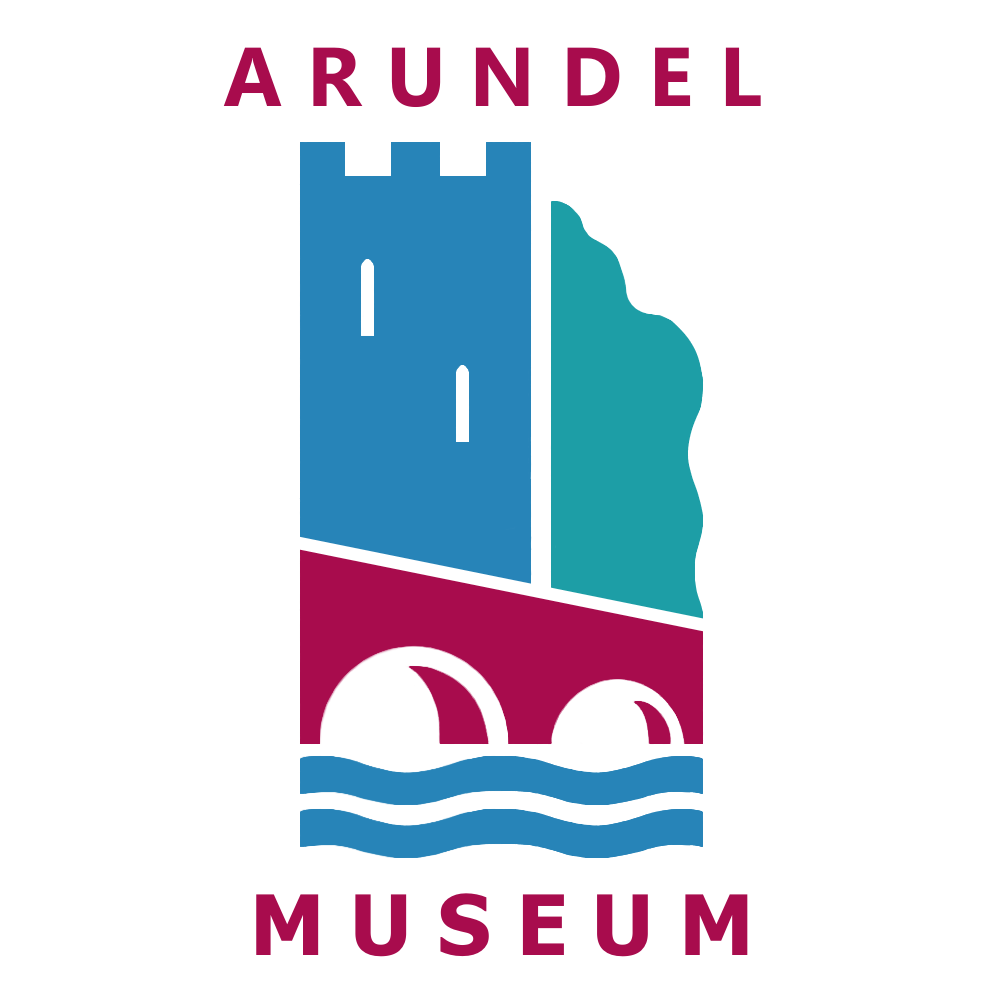Clock Conservation
In the 18th century Arundel was full of specialised trades including glaziers, basket
makers, pipe makers and several clockmakers. One of them was Thomas Walder a
prominent clock and watchmaker in Arundel born in 1766. In 1851 he made the town
clock for Arundel which was installed in his shop. He stored the workings and weights in
his apartment above the shop, running them through his floor into the shop. Although
Walder’s original shop is no longer there, the stone face was installed into the new
building, so it can still be seen today.
Our museum collection contains clocks made by Arundel makers such as Walder. To
ensure their accessibility and longevity, we had clockmaker and conservator Dale
Sardeson visit the museum to conduct a condition survey/ onsite maintenance. During his
time at the museum, Dale looked at our other long oak clock (grandfather clock), a mid-
18th century model made by Arundel clockmaker John Ford. Dale removed the dial &
pallets and cleared out the pallet pivot holes. He also wiped out any oil sinks and applied
fresh oil throughout and a piece of paper was placed under the back clock to ensure
escapement would continue working. He replaced this with acid-free tissue to prevent
any future deterioration.
For our other long oak case clock, c1800 (which Thomas Walder constructed) the dial
was removed and the components from the front and back plates were disassembled. The
pallets were removed, and the pallet pivot holes were cleaned. He also wiped out the oil
sinks as much as possible and removed these.
Dale removed the loose rust from the steel components and applied fresh oil using
Moebius Microgliss D3, D4, and D5 hybrid mineral/synthetic, which are special oils used
by horologists.








